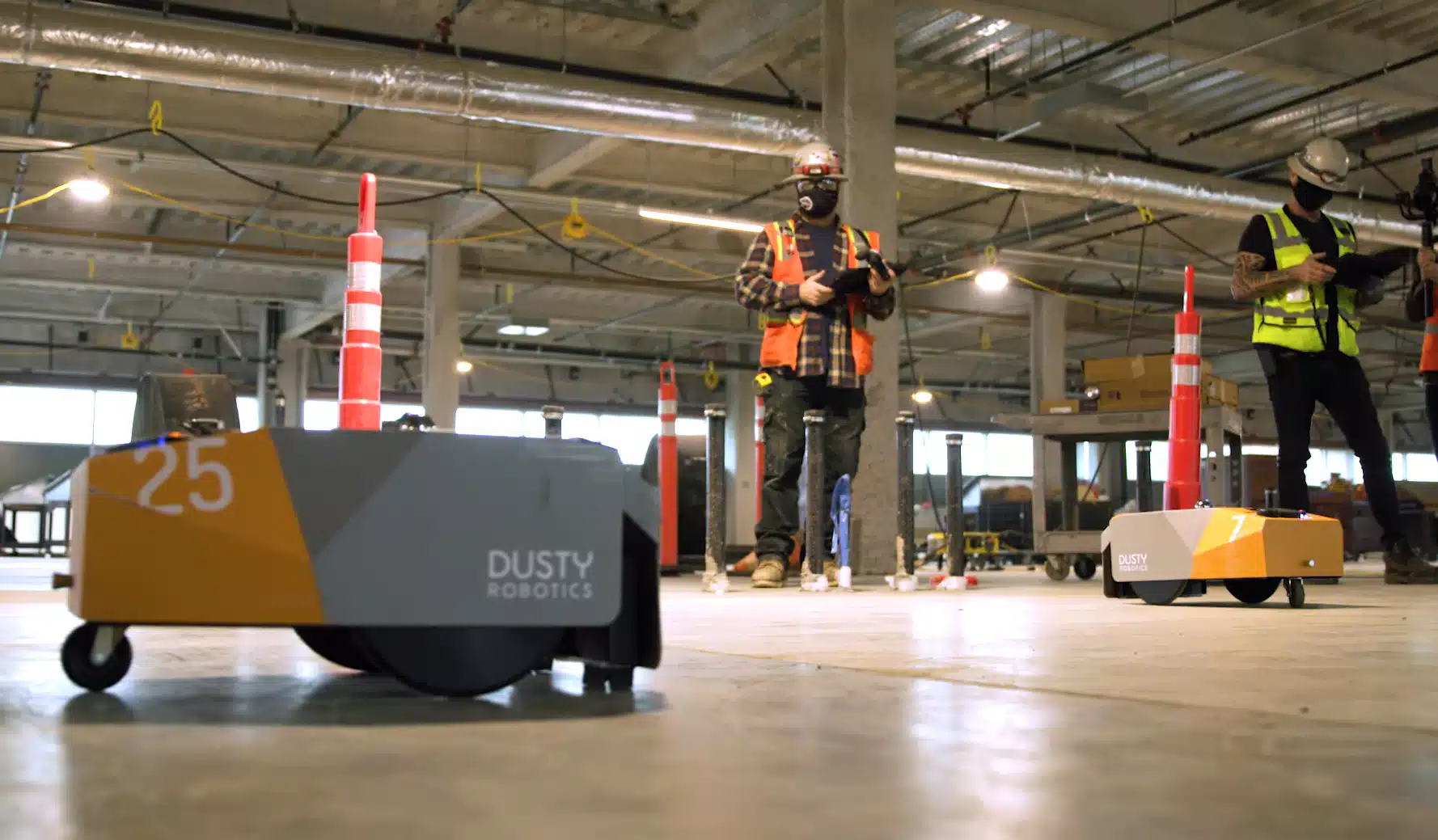In today’s fast-paced world, businesses constantly seek ways to optimize their operations and increase efficiency. One area where this is particularly important is in the field of printing. Printing companies, whether they specialize in newspapers, magazines, or packaging, rely on streamlined processes to meet the demands of their customers. Implementing robots for construction has revolutionized the industry by increasing efficiency and reducing labor-intensive tasks. One innovative solution that has gained traction recently is using layout robots. In this blog post, you will explore how layout robots transform the printing industry and streamline operations.
Understanding the Role of Layout Robots
As the name suggests, a layout robot is a robotic system designed to automate the layout process in printing operations. Traditionally, this task was performed manually by skilled designers who would arrange the elements on a page, such as text, images, and graphics, to create a visually appealing layout. However, this manual process was time-consuming and prone to human error.
Enhancing Efficiency and Accuracy
They have revolutionized the printing industry by significantly enhancing efficiency and accuracy in the layout process. These intelligent machines have advanced algorithms to analyze content and automatically generate optimized layouts. By leveraging machine learning and artificial intelligence, layout robots can efficiently handle large data volumes and make informed real-time decisions.
Streamlining Workflow
One of the key benefits is the streamlined workflow they enable. With traditional manual layout processes, the timeline for completing a project could be prolonged due to the intricacies of manual work. However, layout robots can complete tasks much faster, significantly reducing the time required for layout design. This allows printing companies to meet tight deadlines and deliver projects to their clients in a timely manner.
Reducing Errors and Rework
Human errors are inevitable in any manual process, and the printing industry is no exception. Misalignment, incorrect placement of elements, and other mistakes can lead to rework and increased costs. On the other hand, layout robots eliminate such errors by applying precise calculations and predefined rules to ensure the accurate placement of content. This saves time, reduces the need for costly reprints, and increases overall customer satisfaction.
Flexibility and Customization
They offer a high degree of flexibility and customization options for printing companies. They can adapt to various formats, sizes, and design requirements, making them suitable for various printing applications. Whether it’s a newspaper, a magazine, or a product packaging, layout robots can quickly and effortlessly generate layouts that meet the specific needs of each project. This flexibility allows printing companies to cater to diverse customer demands and stay ahead of the competition.
Collaboration between Humans and Robots
It’s worth noting that these robots are not meant to replace human designers but rather to augment their capabilities. By taking over repetitive and time-consuming tasks, layout robots free up designers to focus on more creative aspects of their work. This collaboration between humans and robots harnesses the strengths, resulting in enhanced productivity and improved output quality.
Conclusion
Layout robots have emerged as game-changers in the printing industry, offering improved efficiency, accuracy, and flexibility. By automating the layout process, these intelligent machines streamline workflow, reduce errors, and enable printing companies to meet the ever-increasing demands of their clients. The implementation of robots for construction has revolutionized the industry by increasing productivity and improving worker safety. As technology advances, you can expect layout robots to play an even more significant role in shaping the future of printing operations.








